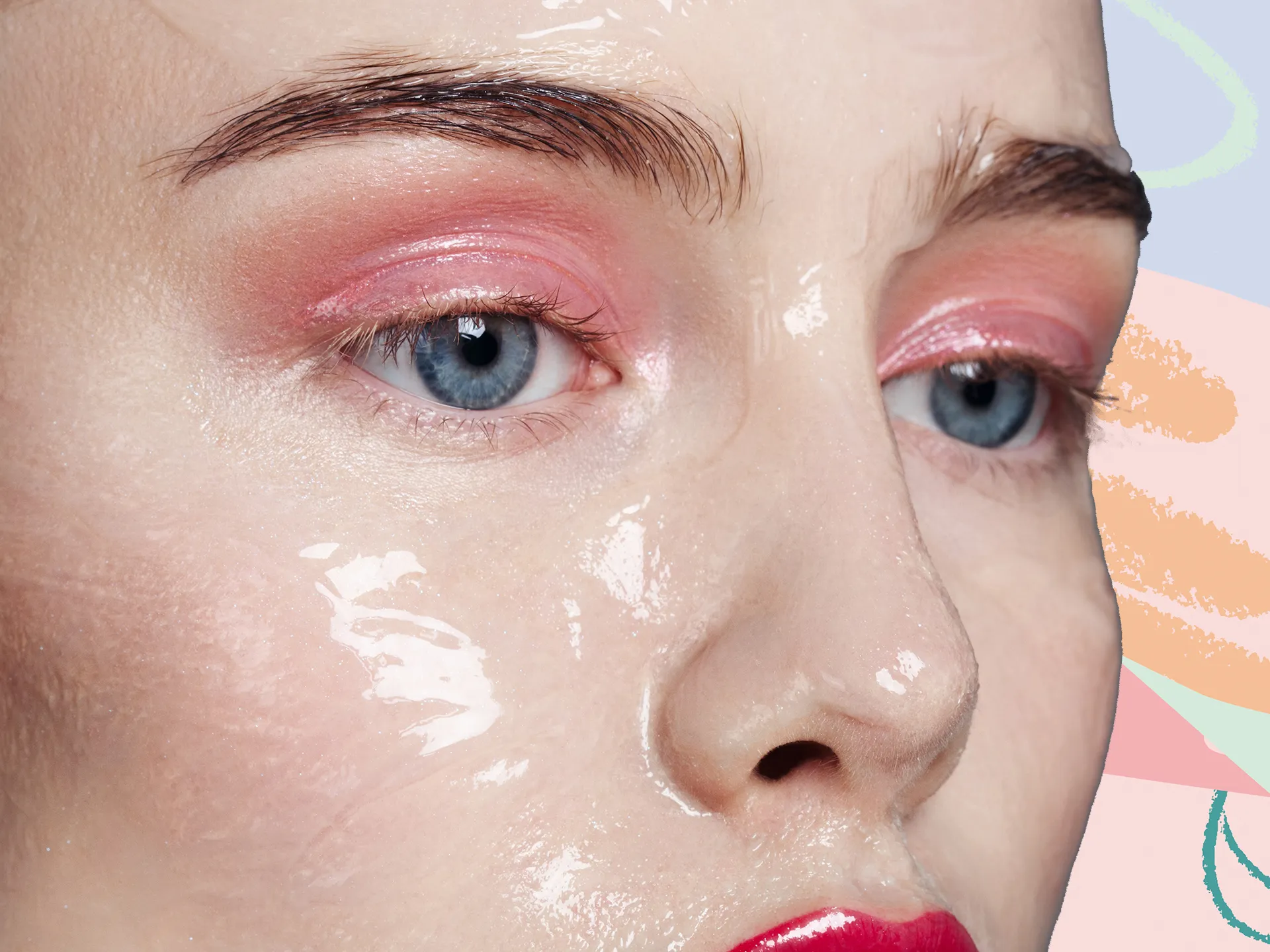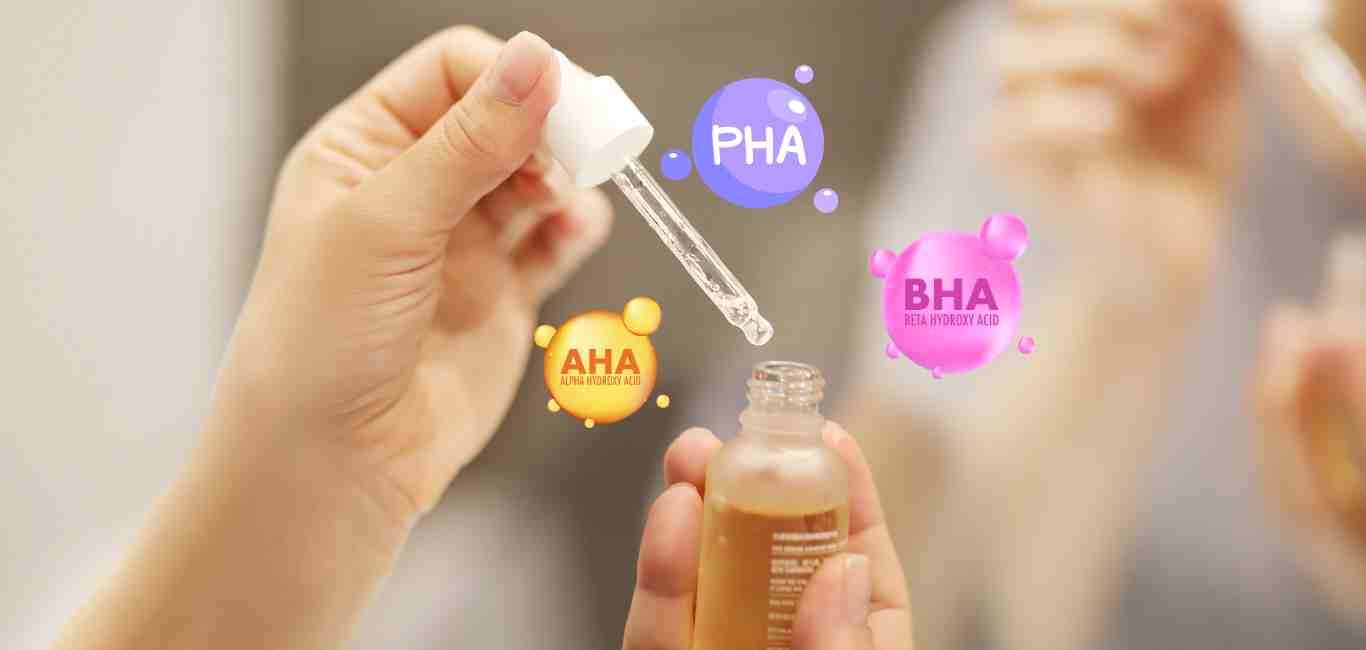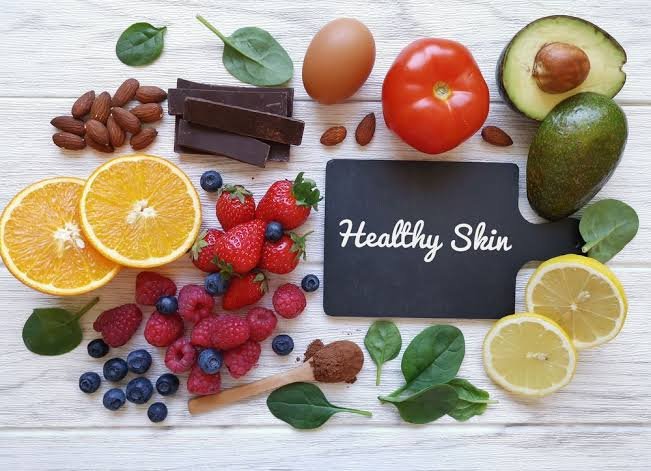When it comes to achieving glowing, healthy skin, exfoliation is key. Skincare acids, such as alpha hydroxy acids (AHAs), beta hydroxy acids (BHAs), and polyhydroxy acids (PHAs), have become popular ingredients in many skincare products. But with so many options available, it can be confusing to know which one to choose for your skin type and concerns. This guide will help you understand these acids, their benefits, and how to incorporate them into your skincare routine.
What Are AHAs, BHAs, and PHAs?
1. Alpha Hydroxy Acids (AHAs)
Definition: AHAs are water-soluble acids derived from fruits and milk. They work primarily on the skin’s surface, making them excellent for improving skin texture and tone.
Common Types:
- Glycolic Acid: Derived from sugarcane, it has the smallest molecules, allowing it to penetrate deeply for effective exfoliation.
- Lactic Acid: Found in milk, it is gentler and ideal for sensitive skin. It also provides hydration.
- Mandelic Acid: Derived from almonds, it has larger molecules, making it suitable for sensitive skin and acne-prone individuals.
Benefits:
- Exfoliates dead skin cells, improving texture and brightness.
- Helps to reduce fine lines and wrinkles.
- Can aid in fading dark spots and hyperpigmentation.
- Boosts moisture content in the skin.
Best For: Dry, sun-damaged, or dull skin types.
2. Beta Hydroxy Acids (BHAs)
Definition: BHAs are oil-soluble acids, primarily salicylic acid, that can penetrate deeper into the pores. This makes them particularly effective for oily and acne-prone skin.

Common Types:
- Salicylic Acid: The most common BHA, it is derived from willow bark and is known for its anti-inflammatory properties.
Benefits:
- Deeply penetrates pores to exfoliate and unclog them.
- Reduces excess oil production and helps prevent breakouts.
- Soothes inflammation and redness, making it suitable for acne-prone skin.
- Can improve skin texture and reduce the appearance of pores.
Best For: Oily, acne-prone, or combination skin types.
3. Polyhydroxy Acids (PHAs)
Definition: PHAs are similar to AHAs but have larger molecules, which means they penetrate the skin more slowly and are less irritating. This makes them a gentler option for sensitive skin.
Common Types:
- Gluconolactone: Derived from gluconic acid, it offers gentle exfoliation and hydration.
- Lactobionic Acid: A derivative of lactose, known for its hydrating properties.
Benefits:
- Provides gentle exfoliation, making it suitable for sensitive or reactive skin.
- Helps to improve moisture levels and skin texture.
- Contains antioxidant properties that protect the skin.
Best For: Sensitive, dry, or mature skin types.
How to Incorporate AHAs, BHAs, and PHAs into Your Skincare Routine
- Start Slowly: If you’re new to acids, start with products that contain lower concentrations and gradually increase usage as your skin adjusts.
- Patch Test: Always perform a patch test before trying a new product to check for any adverse reactions.
- Frequency: Use exfoliating acids 1-3 times a week, depending on your skin’s tolerance and the product’s concentration.
- Layering: If using multiple acids, avoid applying them simultaneously to prevent irritation. Instead, alternate them on different days.
- Follow with Moisturizer: Always follow up with a moisturizer after using acids to keep your skin hydrated.
- Use Sunscreen: Exfoliating acids can increase your skin’s sensitivity to the sun. Always apply broad-spectrum sunscreen during the day.
Conclusion
Understanding the differences between AHAs, BHAs, and PHAs can help you choose the right exfoliating acids for your skin type and concerns. Whether you’re looking to brighten your complexion, unclog pores, or gently exfoliate, these acids can play a valuable role in your skincare routine. With consistent use, you’ll be on your way to achieving smoother, healthier, and more radiant skin.



